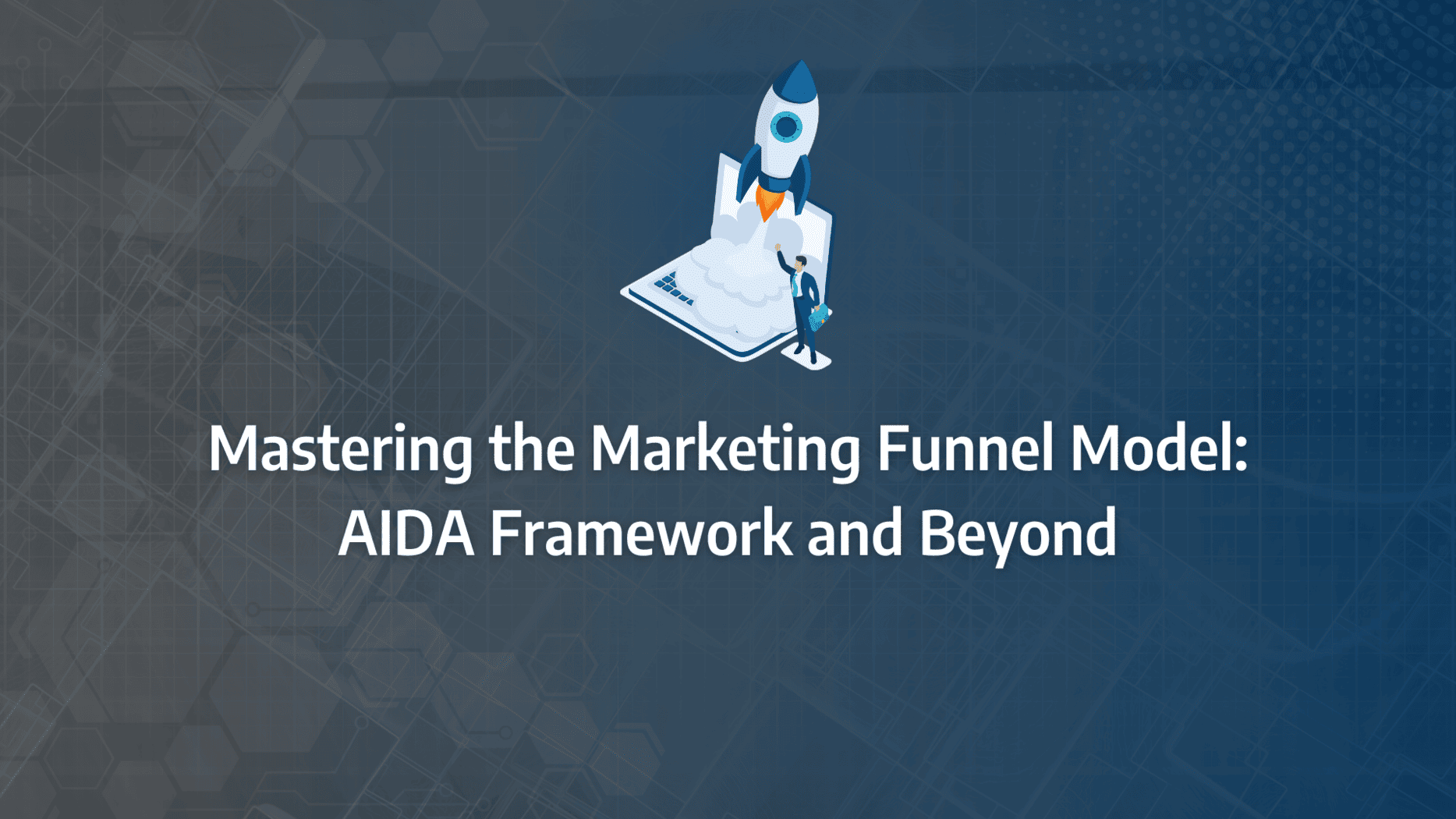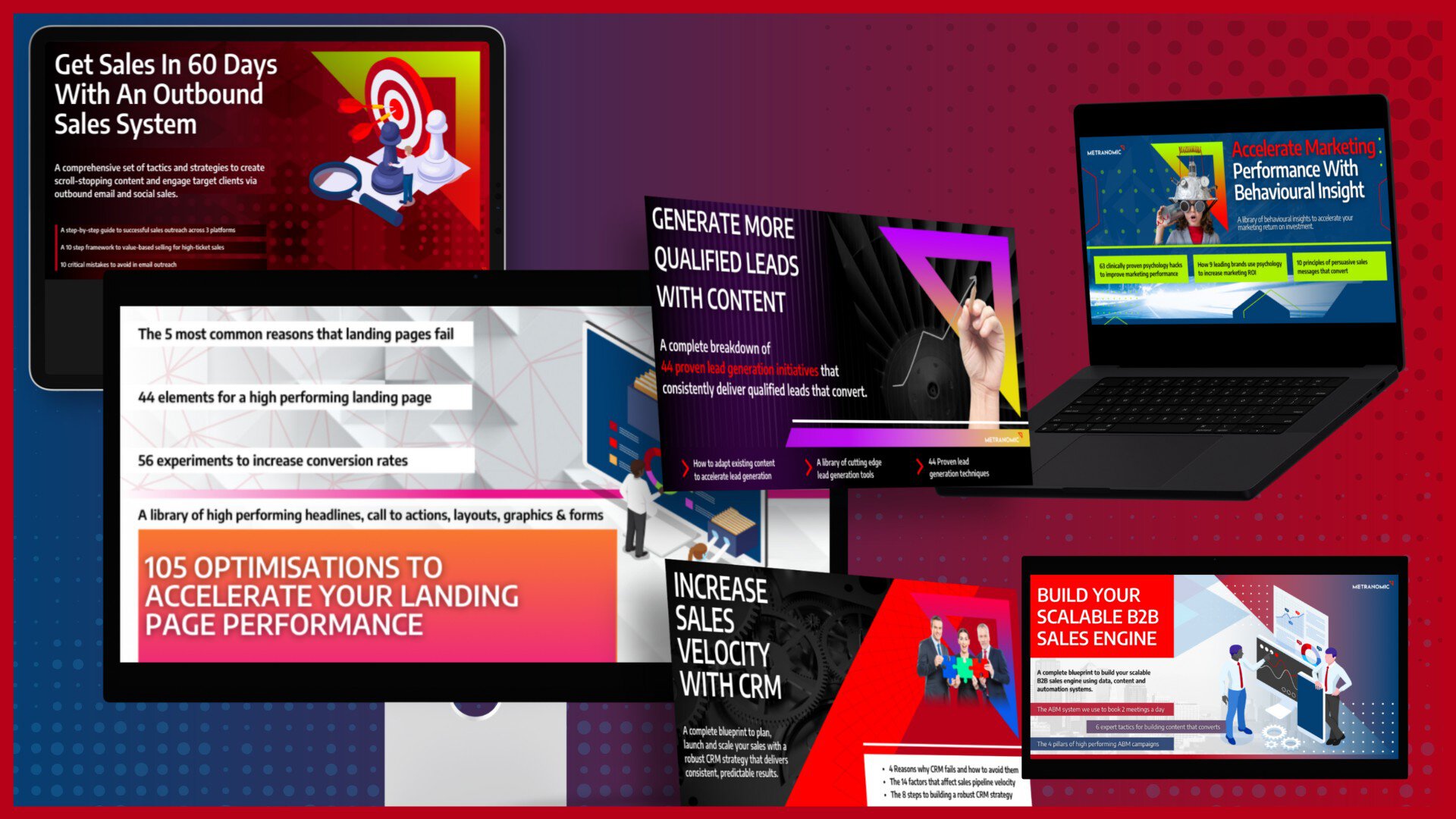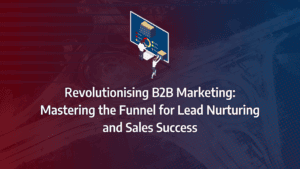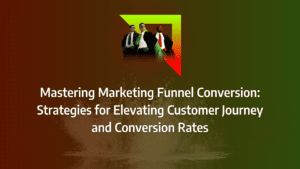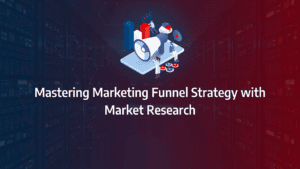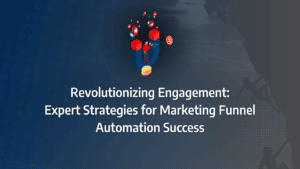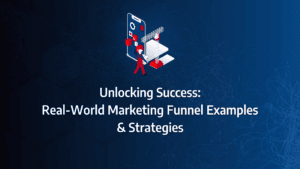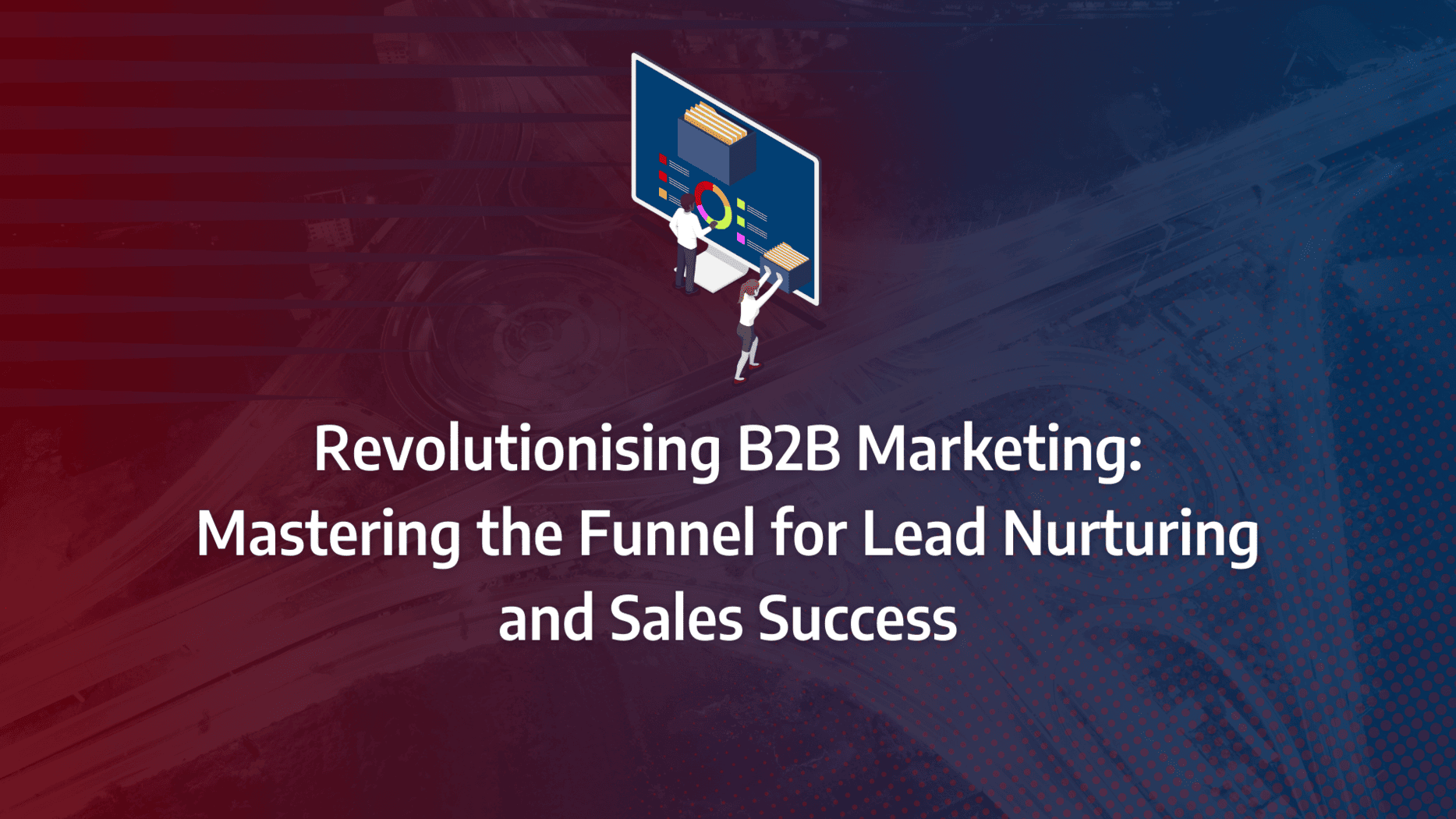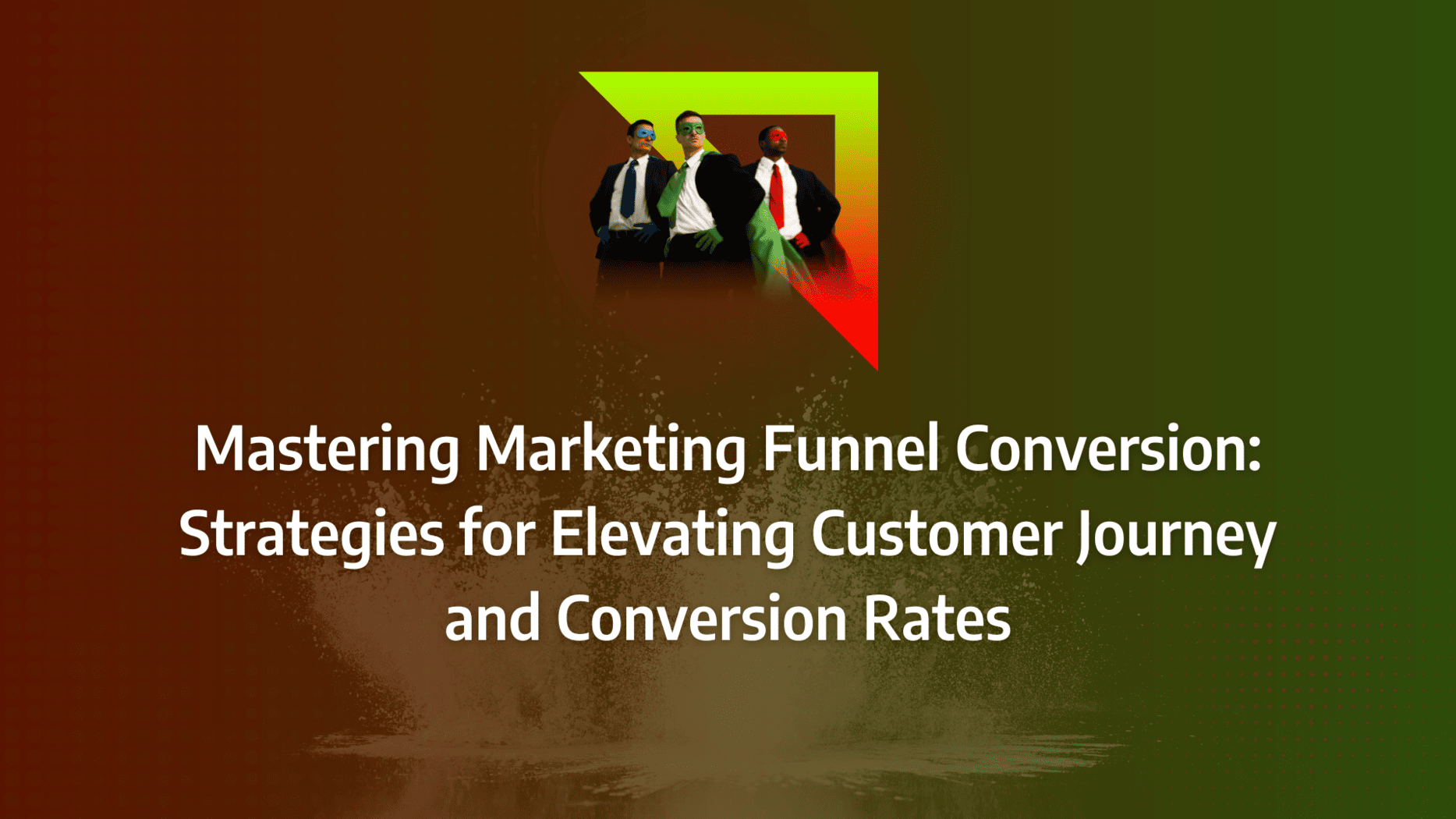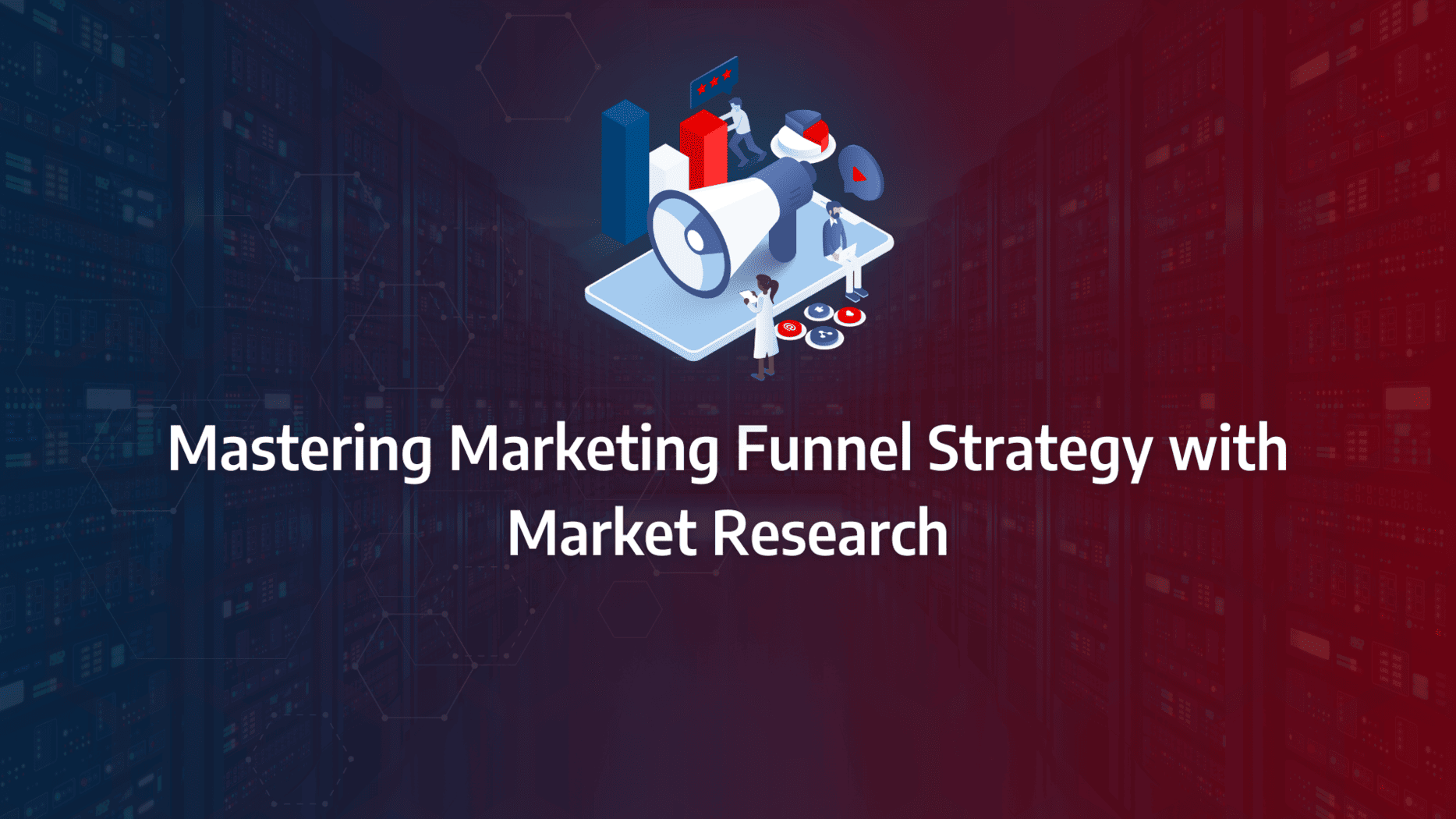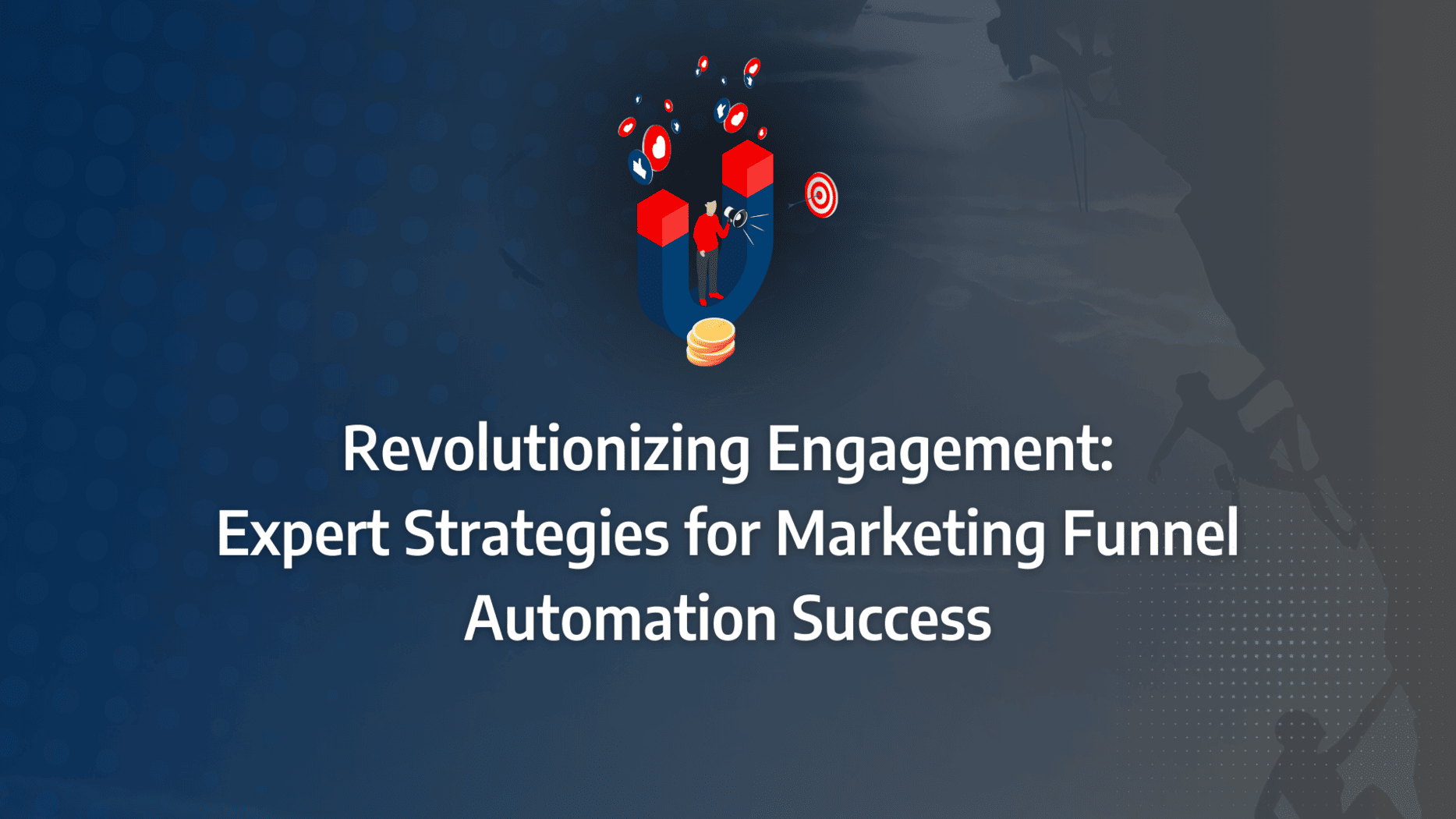Relying on outdated models can leave your business struggling to keep up with the competition. The AIDA framework, while foundational, may no longer suffice in addressing the complexities of today’s customer journey. Imagine transforming your marketing funnel into a powerhouse that not only captures attention but also drives sustained engagement and conversions.
This is where advanced strategies come into play, taking the traditional AIDA model and elevating it to meet modern demands. In this post, you’ll discover how to revitalise your marketing funnel, ensuring it’s not just another relic of the past but a dynamic tool for future success.
- The AIDA framework is a strong foundation for marketing funnels, but it requires modernisation to remain effective in today’s digital landscape.
- Personalisation and data-driven insights are crucial for enhancing the traditional AIDA model, ensuring each stage of the funnel resonates with your audience.
- Continuous optimisation of your marketing funnel is essential for maintaining engagement and driving conversions, particularly in B2B markets.
- Integrating advanced digital tools into your funnel strategy can help bridge the gap between initial customer interest and long-term loyalty.
What are the different marketing funnel models I can use for B2B SaaS?
Each marketing funnel model essentially functions to build awareness, foster interest, nurture desire, and ultimately, prompt customer action. However, distinct differences exist among funnel strategies, necessitating a bespoke marketing funnel model for every organisation.
Key Marketing Funnel Models That Deliver Results
- The Sales Letter Funnel: Originating from Russell Brunson’s methodology in “DotComSecrets,” this funnel leverages a detailed sales letter to introduce and sell front-end products, with options to upsell or downsell during the transaction to boost the average cart value.
- The Membership Funnel: Ideal for businesses that provide membership-based services, this funnel facilitates the selling of memberships, sites, or subscriptions through diverse methods such as direct sales letters or webinars. It begins with an enticing offer or trial on the landing page, leading to account creation on the thank-you page.
- The Video Sales Letter Funnel
Enhancing the traditional sales letter approach with dynamic video content, this funnel strategy uses video to effectively communicate the brand’s message and offer. It’s imperative to:- Identify and target the appropriate traffic source for top-of-the-funnel content, often utilising platforms like social media and YouTube.
- Map out the buyer’s journey, enriching each stage of the funnel with video content tailored to the audience’s needs.
- Embed strong calls to action (CTAs) and provide links to supplementary content, ensuring videos are branded consistently from start to finish.
- Integrate video into paid advertising to enhance engagement at the top of the funnel.
What Matters Most?
From our experience, the key to a successful marketing funnel lies in aligning it closely with the customer’s journey. We often discover that when we build funnels that reflect real buyer behaviour—rather than forcing leads into rigid sales processes—we achieve much higher engagement rates. Additionally, it is critical to prioritise trust-building at every stage, especially early on. A content-driven approach that addresses customer pain points while progressively nurturing relationships proves far more effective in converting prospects into loyal advocates.Get In Touch
The Squeeze Page Funnel
A squeeze page funnel is meticulously crafted to capture a lead’s email address or contact information by offering irresistible value in return. This typically concise, two-page funnel is crafted to spark curiosity with minimal distractions, encouraging immediate interaction.
Key elements of a successful squeeze page include:
- A compelling headline that clearly articulates the value of the free offer.
- An email opt-in form that is accessible either immediately or upon engagement with a call-to-action (CTA) button.
- A CTA button designed to prompt the user to secure their lead magnet, enhanced with additional elements like subheadlines, supplementary copy, and relevant imagery to enrich the user experience.
This approach proves particularly effective when targeting new audiences, where the emphasis is on capturing interest without the need for extensive branding.
The Reverse Squeeze Page Funnel
The reverse squeeze page funnel takes a proactive approach by offering immediate value on the landing page itself. This strategy fosters a reciprocal relationship where potential customers are more inclined to share their contact details after receiving initial value. For example, a brand might present an informative video upfront, then invite the audience to opt-in for more detailed content, easing customer hesitations and fostering trust from the outset.
The Survey Funnel
Another pivotal element in a refined marketing funnel strategy is the survey funnel, which engages potential customers by inviting them to participate in a tailored survey. This method serves dual purposes:
- Engagement through interaction, as participants provide responses to thought-provoking questions.
- Strategic data collection, allowing brands to tailor communications based on the insights gained from customer preferences and challenges.
A typical survey might include:
- General self-identifying questions to understand the customer’s background.
- Specific inquiries about their current challenges or needs.
- Probes into their skill level and personal struggles, offering brands a nuanced view of how to serve them effectively.
Each question is designed not only to gather data but also to guide the potential customer deeper into the marketing funnel strategy, making each interaction progressively more personalised and targeted.
Source: Salesforce
Live Demo Funnel
The live demo funnel exemplifies a direct engagement approach, ideal for showcasing the intrinsic value of your products or services in real-time. This marketing funnel model capitalises on live interaction to address queries and dismantle objections, creating a transparent experience for potential customers.
Key Components of a Successful Live Demo Funnel Include:
- An on-site call-to-action (CTA) encouraging visitors to register for a live demonstration.
- A targeted email series designed to prompt leads to book a demo, followed by a nurturing sequence post-demo that provides further resources like case studies or testimonials. These elements are crucial in guiding leads through the decision-making process, especially when they are on the cusp of a purchase.
2-Step Tripwire Funnel
The 2-step tripwire funnel serves as an effective entry point for new subscribers, offering them a low-cost item as an initial purchase that leads to further upselling opportunities. This model is particularly effective in strengthening the buyer-seller relationship swiftly, leveraging a two-step order form to gather contact details before providing an upsell.
Invisible Funnel
This innovative funnel strategy involves offering something of significant value for free, requiring registration to access. The invisible funnel is designed to build trust and demonstrate value upfront, charging only if the leads find the offering beneficial.
Hero Funnel
Geared towards personal branding, the hero funnel is perfect for positioning an individual as a thought leader or influencer within a specific domain. It typically starts with sharing personal stories or achievements and encourages followership through various digital platforms, aiming to build a community around the brand’s central figure.
Home Page/Landing Page Funnel
Essential to any digital marketing strategy, the home page or landing page funnel is your first point of contact with many potential customers. The goal here is straightforward: to convert visitors into leads or customers through a compelling call-to-action. This funnel needs to be tightly integrated with other marketing strategies for optimal effectiveness, focusing on educational content to qualify leads further down the funnel.
Implementing these funnel strategies within your B2B SaaS marketing efforts not only enhances lead engagement but also streamlines the journey from initial contact to final purchase. Each strategy is designed to address specific stages in the funnel, ensuring that your marketing efforts are as efficient as they are effective, and paving the way for a marketing funnel strategy that drives both engagement and conversions.
Strategic Enhancements for B2B SaaS Marketing Funnel Models
To maximise the effectiveness of your B2B SaaS marketing funnels, incorporating proven strategies and tactical nuances can significantly elevate conversion rates. Here are some refined tips and hacks specifically designed to optimise your marketing funnel strategy and ensure it resonates with the specific needs of your target audience.
Refining Squeeze Page Headlines
Inject a sense of mystery into your squeeze page headlines to spark curiosity without revealing too much. The key is to provide just enough insight to intrigue potential customers, compelling them to explore further and engage with your lead magnet. An overly descriptive headline might lead them to believe they have grasped the full message, causing them to disengage prematurely.
Emphasising the Importance of a Lead Magnet
Every effective marketing funnel model includes a compelling lead magnet—this is the linchpin in attracting and retaining customer interest. Surprisingly, many organisations overlook this critical element. Ensure your funnel consistently offers a valuable freebie in exchange for email addresses, which builds a foundation for ongoing engagement.
Crafting High-Converting Sales Pages
Construct your sales pages with a structured emotional journey:
- Appeal to Emotion: Begin with an emotionally engaging element that connects on a personal level.
- Appeal to Logic: Follow up with logical arguments that underline the benefits of your offer.
- Appeal to Fear: Introduce a sense of urgency or scarcity to prompt immediate action.
This triad is crucial for compelling the reader through a persuasive narrative that maximises conversion potential.
Source: Hubspot
Implementing Order Form Bumps
Enhance the checkout process with an order form bump—a strategically placed offer made just after a customer enters their payment details but before they complete the purchase. Price this additional offer within an impulse-buy range and ensure it complements the initial purchase seamlessly, like adding an audiobook version when selling a print book.
Maintaining an Open Buying Loop
Keep the buying loop open by continuing to offer upsells during the purchasing process. Allow the customer to decide when this loop closes; this strategy keeps them engaged and increases the overall order value.
Establishing an Offer Wall
Consider setting up an offer wall on your site—a dedicated space that showcases a variety of your products or services. This allows customers who are already in the buying mindset to discover additional offerings, potentially increasing their overall spend.
Leveraging Webinars on Thank You Pages
Utilise the thank you page as a platform to extend a webinar invitation. This approach not only adds value but also provides another opportunity to engage directly with the customer, where you can effectively pitch your product or service at the conclusion of the webinar.
By applying these sophisticated strategies to your marketing funnel models, you ensure a more engaging and productive customer journey that not only captures leads but also converts them effectively, driving your B2B SaaS business towards greater growth and success. Each element of your funnel strategy should be crafted to seamlessly integrate with the next, creating a cohesive and dynamic pathway that leads from initial interest to final purchase.
Our Tactical Recommendations
we often find the most effective funnels leverage technology to streamline customer touchpoints. CEOs and CMOs typically need to ensure that their funnel stages are flexible, allowing adaptation to different buyer personas and sales cycles. Additionally, building advocacy into the funnel through micro-conversions and referral triggers can accelerate progression and ensure long-term retention. Clients also often realise the value of dark social engagement at the top of the funnel to capture prospects who are harder to track but highly engaged.Get In Touch
Optimising B2B SaaS Marketing Funnel Strategies for Maximum Impact
In the dynamic landscape of B2B SaaS, utilising highly effective marketing funnel models can dramatically enhance lead acquisition and conversion rates. Here, we explore several exemplary marketing funnel strategies that have proven to be particularly effective in online environments.
Self-Liquidating Funnel (SLO)
The self-liquidating funnel is an ingenious approach designed not for immediate profit but for generating leads at breakeven or better. This strategy centres on the premise that acquiring leads effectively at no cost can set the stage for future profitability. By offering products or services at minimal prices, this funnel aims to cover advertising expenses while converting a fraction of cold traffic into warm leads, thus filling the pipeline with numerous potential customers.
Automated Webinar Funnel
An automated webinar funnel is tailored for higher-ticket items, typically ranging from $297 to $1997. This type of funnel leverages the power of webinars to engage deeply with prospects, providing ample time to present detailed information about the products or services. The goal is to warm up leads effectively during the webinar so that they are more receptive to the sales pitch that follows. Establishing a compelling offer prior to the webinar is crucial to capitalise on this engagement and drive conversions.
Free + Shipping Sales Funnel
Ideal for low-cost physical products, such as books, the free plus shipping funnel offers products for free while charging for shipping and handling. This strategy not only encourages customers to make an initial commitment by providing their credit card details but also serves as an entry point into the brand’s ecosystem. By handling the transaction in this manner, brands can build a list of interested buyers and introduce additional offers in a context that enhances the likelihood of further purchases.
Lead Magnet + Email Funnel
Among the most ubiquitous online sales funnels, this strategy hinges on the use of a compelling lead magnet coupled with a robust email marketing campaign. Tools like Campaign Monitor, Segmail, King Mailer, and SendX are instrumental in executing this strategy. By offering valuable content or products in exchange for email addresses, businesses can nurture these leads through carefully crafted email sequences that build trust and authority, ultimately guiding them towards conversion.
Email Marketing Funnel Models
Despite perceptions of being outdated, email marketing remains a highly effective digital marketing tool. With a reported 81% of small to medium-sized businesses citing it as their primary customer acquisition channel, the strategy’s relevance is undeniable. Building an email list can be achieved through various means, including opt-in forms on websites, social media interactions, and dedicated landing pages. Once established, this list can be engaged through targeted emails that are timed to meet the recipients’ needs, fostering both trust and conversions.
By integrating these marketing funnel models into your B2B SaaS strategy, you not only streamline the path from prospect to customer but also enhance the overall efficiency and effectiveness of your marketing efforts. Each model offers unique benefits and, when executed correctly, can significantly boost your marketing ROI, ensuring that your funnel not only captures but also converts interest into tangible business growth.
